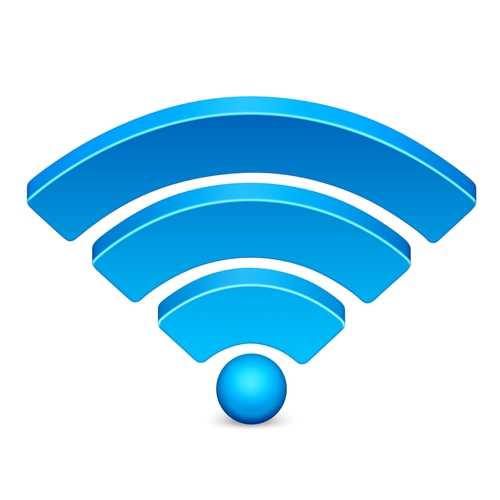Maintaining PC Security and Performance on Public Wi-Fi
 Public Wi-Fi is a great resource for personal computing on-the-go, but it’s important to remember that it likely won’t be as safe as a home network. Users have to remain vigilant in order to maintain a clean hard drive and optimal functionality. Public Wi-Fi uses hotspots that transmit information through radio waves to create networks, which means anyone on the same hotspot could have some access to everyone else’s devices. Even in places like cafes and hotels where the service is password-protected the network is only as clean as the most dishonest user. Because public Wi-Fi systems are configured with device and service accommodation high on the list of priorities, it may mean that security is low on that same list. However, there is no need to fear logging on to a public Wi-Fi network as long as users are aware of the ways they can curtail security risks.
Public Wi-Fi is a great resource for personal computing on-the-go, but it’s important to remember that it likely won’t be as safe as a home network. Users have to remain vigilant in order to maintain a clean hard drive and optimal functionality. Public Wi-Fi uses hotspots that transmit information through radio waves to create networks, which means anyone on the same hotspot could have some access to everyone else’s devices. Even in places like cafes and hotels where the service is password-protected the network is only as clean as the most dishonest user. Because public Wi-Fi systems are configured with device and service accommodation high on the list of priorities, it may mean that security is low on that same list. However, there is no need to fear logging on to a public Wi-Fi network as long as users are aware of the ways they can curtail security risks.
1) Confirm a hotspot is legitimate
Many people simply log on to the first hotspot that is open or appears to be authoritative, reported CBS’ WFMY affiliate, but this practice can lead them to sign in to shell networks designed solely to intercept data. Hackers utilize simple devices, like iPhones, to create networks and name them so that they look like the real thing. Make sure to confirm that the hotspot is safe before signing on. If it’s a free service in a place where Wi-Fi normally comes with a cost, like an airport, this could be a tip-off.
2) Think twice before you bank
According to USA Today contributor and security expert Kim Komando, mobile banking and other applications which require the user to enter sensitive information might not be the best choice for a public Wi-Fi network. Sophisticated hackers just have too many opportunities to access that information while it’s being transmitted. According to the Daily Caller, cybercriminals have used botnets placed clandestinely on computers to later affect financial institutions.
3) Use strong preventative measures
Proactive users can bolster their security when they venture their computer into the public sphere. One option, according to the CBS affiliate, is to turn off sharing. That shields the computer from unauthorized network access. To maintain a safe and clean PC, free of malware, users should also have a comprehensive tune-up solution, like iolo technologies’ System Mechanic Pro. When regularly updated, security solutions that employ both reactive and proactive detection strategies are the most effective.
A reactive strategy detects viruses using published malware signature detection. A proactive strategy uses sophisticated behavior-monitoring techniques known as heuristics to build a general sense of whether a given file or group of files intends to harm your computer.
The PC optimization solution System Mechanic Pro ships with System Shield, an anti-malware solution that deploys both strategies, and is regularly updated with the latest threat definitions to catch specific malware signatures and suspicious behaviors to help keep your computer safe.








